Visuals are more than just decoration—they’re a powerful language. The way a story is told through design can evoke emotions, spark connections, and drive action. This is the essence of visual storytelling: crafting narratives that go beyond words and resonate deeply with audiences.
Visual storytelling has become an indispensable tool in modern design. It’s what turns a static image into an experience, a campaign into a conversation, and a brand into something people remember. For designers, mastering this skill is about more than creating visually pleasing work—it’s about communicating meaning and building relationships with audiences.
This guide will take you through the principles, techniques, and trends shaping the art of storytelling in design, helping you create designs that leave a lasting impact.
What is visual storytelling?
Graphic design storytelling is the practice of conveying a narrative through visual elements like imagery, typography, and composition. It goes beyond aesthetics to create meaning, connecting with audiences on an emotional and intellectual level.
At a fundamental level, humans are wired for stories. We process visuals significantly faster than text, and we’re naturally drawn to narratives that simplify complex ideas or evoke feelings. For instance:
- A brand advocating for sustainability might use visuals of lush forests or recycled materials to tell a story of environmental stewardship.
- A tech company might use clean, futuristic design elements to communicate innovation and simplicity.
Visual storytelling isn’t just about grabbing attention—it’s about creating an experience that lingers in the minds and hearts of your audience.
The six key principles and creative storytelling techniques
To create impactful visual stories, designers should work with a set of guiding principles that ensure clarity, resonance, and emotional engagement:
- Structure: Crafting a narrative arc
Like any good story, a visual narrative needs a clear beginning, middle, and end. This structure gives your audience a sense of progression and purpose. For example, an infographic might start by presenting a problem, delve into the details, and conclude with a compelling solution.
✨Design Force tip: Start with a strong hook—an image, icon, or design element that immediately grabs attention. Build your narrative visually by layering elements that keep viewers curious and engaged until the conclusion.
- Hierarchy: Guiding attention
Visual hierarchy directs the viewer’s eye to the most important elements first. Use size, contrast, and placement to emphasize key messages and create a logical flow throughout the design.
✨ Design Force tip: Test your design by “squinting” at it. The areas your eyes are drawn to first should match your intended focal points. If they don’t, adjust the size, color, or placement of key elements to guide attention effectively.
- Emotion: Fostering connections
Emotion is the glue that makes stories stick. Whether it’s joy, nostalgia, or curiosity, designing with emotion in mind helps create meaningful connections. A charity campaign, for instance, might use warm, hopeful imagery to inspire compassion and action.
✨ Design Force tip: Use visuals that evoke universal emotions, such as a smile or a sunset, to create an immediate connection. Pair this with subtle details like texture or lighting to deepen the emotional connection through visuals.
- Context: Tailoring to your audience
Always consider the audience and medium. A vibrant, colorful design might work perfectly for a social media campaign targeting younger audiences, while a more subdued and professional approach might be better suited for a corporate presentation.
✨ Design Force tip: Research where your design will live—whether it’s a mobile app, a billboard, or a website—and adjust your color schemes, typography, and dimensions accordingly to maximize its impact.
- Simplicity: Clarity over clutter
One of the hallmarks of great design is its ability to communicate a message clearly. Avoid overloading your visuals with unnecessary elements—every component should serve the narrative.
✨ Design Force tip: Remember the “one-second rule.” If someone can’t grasp the main message of your design within one second, simplify it. Remove distractions and focus on the essentials.
- Consistency: Aligning with the brand
Visual storytelling should always reflect the brand’s identity. Consistency in color, typography, and tone ensures that your design remains authentic and easily recognizable.
✨ Design Force tip: Create a visual style guide for your project to ensure consistency across all elements. This can include guidelines for color palettes, font usage, and imagery styles to keep your storytelling cohesive.
The core elements of powerful visual storytelling
Bringing a story to life visually requires a combination of creative elements working harmoniously. Here are the building blocks of effective graphic design storytelling:
- Characters: A relatable character can carry the heart of a story. Whether it’s a person, an animal, or even an abstract icon, characters help humanize the narrative and foster empathy.
- Setting: The setting establishes the mood and context of your story. This might be achieved through background imagery, color palettes, or even subtle patterns.
For example, a wellness brand might use calm, natural settings to enhance its message of tranquility. - Composition and framing: The arrangement of elements within a design dictates where the viewer’s attention goes. Using techniques like the rule of thirds or leading lines can help craft a more engaging visual story.
- Sequencing and transitions: For multi-part visuals, ensure there’s a logical flow between each element. Smooth transitions keep viewers engaged and prevent them from feeling disoriented.
- Typography and text: Text can amplify or clarify your visuals, but it should always play a supporting role. Choose fonts and styles that align with the tone of your story, and use text sparingly to avoid overpowering the imagery.
Examples of effective visual storytelling in design
Some brands have become masters of visual storytelling, creating designs that resonate with audiences on a global scale. Here are a few inspiring examples:
- Patagonia: Authenticity through visuals
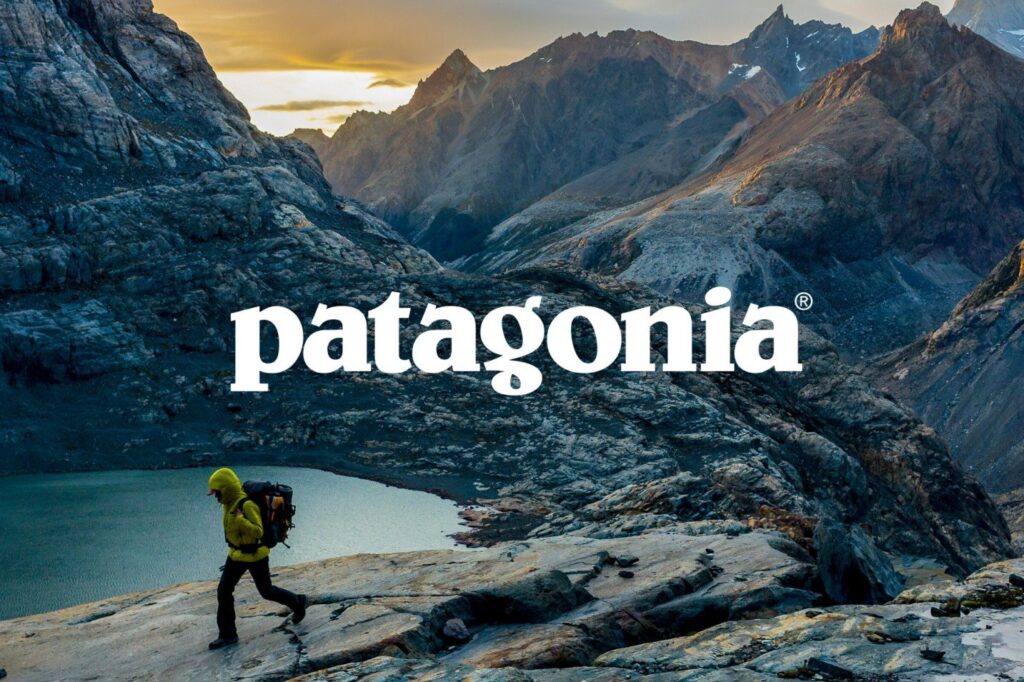
Patagonia excels in using authentic photography to tell stories of adventure and environmental responsibility. Their images of outdoor enthusiasts in rugged landscapes communicate their brand’s values while inspiring a sense of purpose and connection with nature.
2. Nike: Powerful simplicity
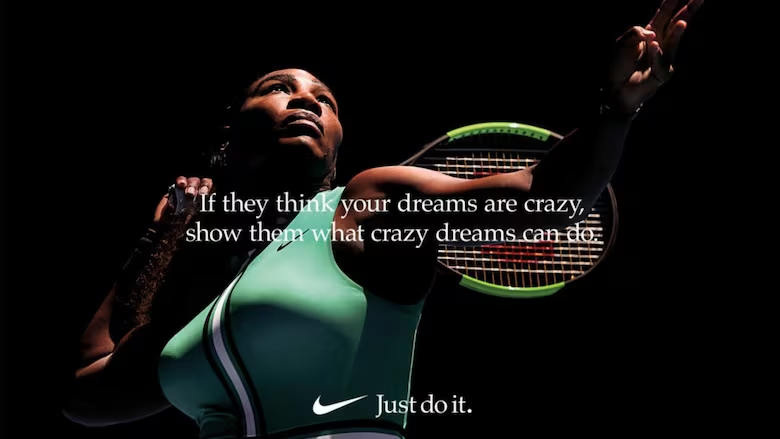
Nike’s storytelling is often minimalist yet packed with impact. Their campaigns focus on athletes overcoming challenges, paired with bold, high-contrast visuals and simple yet motivational text like “Just Do It.” The result? A universal message of determination.
3. Calm: Crafting serenity

The Calm app leverages soft colors, gentle animations, and serene imagery to tell a cohesive story of mindfulness and relaxation. Everything from their app interface to their ads reinforces the brand’s promise of helping users find peace.
Top trends and visual storytelling strategies for designers
Visual storytelling is an ever-evolving art form, and staying on top of trends can help your designs remain fresh and relevant. Here are some of the latest trends shaping the field:
- Interactive design: Interactive elements like scroll-based animations or clickable infographics allow users to engage directly with your story, making it more memorable.
- Gamification: Incorporating game-like features into your storytelling—such as challenges, rewards, or puzzles—can make designs more engaging. M&M’s “eye-spy” campaign is a great example of turning a visual story into a game.
- Inclusivity and representation: Audiences increasingly expect visuals that reflect diverse perspectives and experiences. Inclusive storytelling not only builds trust but also broadens the reach of your message.
- Audio-visual integration: Combining visuals with sound and motion can elevate your storytelling. Short videos, dynamic animations, and well-placed audio cues can deepen the emotional impact of your designs.
Tips for designers to master visual storytelling
Looking to refine your storytelling skills? Here are some practical tips:
- Use visual metaphors: Simplify complex ideas through symbolic imagery. For example, a ladder can represent progress, while a broken chain might signify freedom.
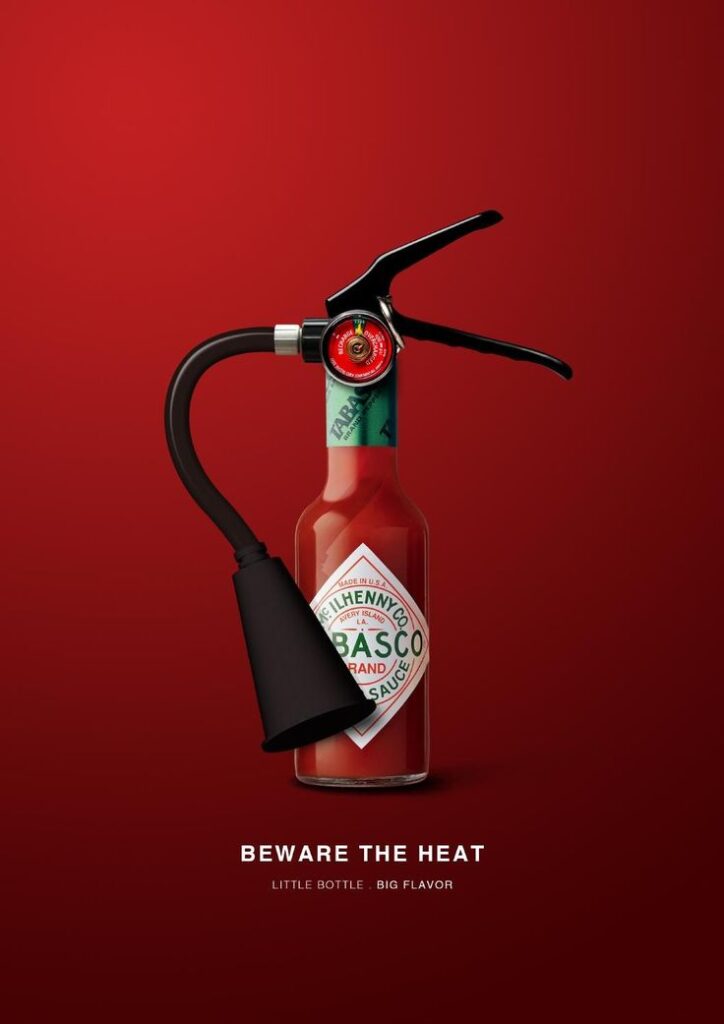
Beware the heat – Tabasco
2. Leverage color psychology: Colors have the power to evoke strong emotional responses. Use them strategically to align with the mood and message of your story.
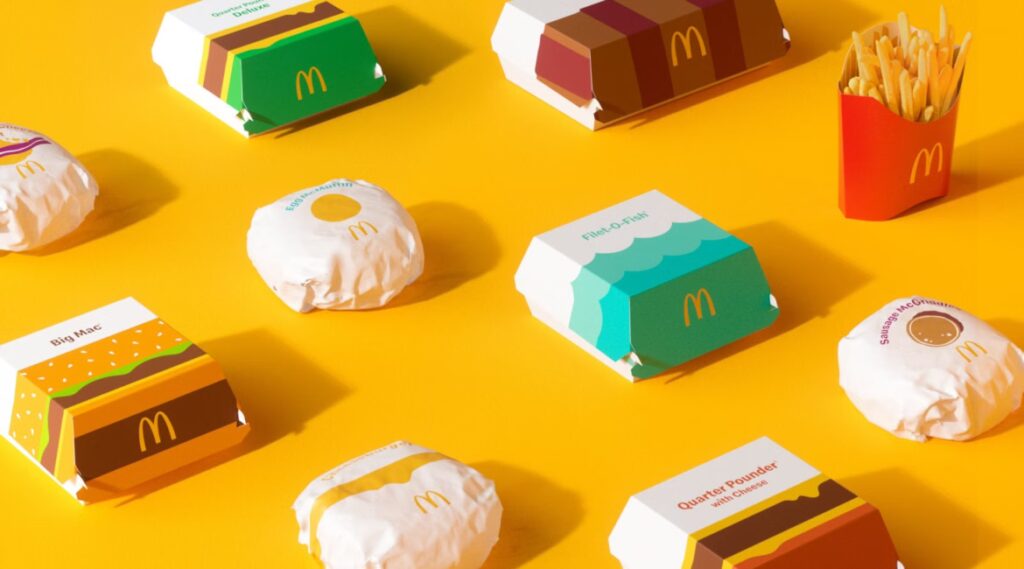
McDonald’s Brand Color Psychology
3. Experiment with contrast: Highlight the most important parts of your design by using contrast in size, color, or texture.

The Chanel Coco Mademoiselle Ad
4. Prioritize diversity: Incorporate diverse characters, settings, and perspectives to ensure your story resonates with a wide audience.
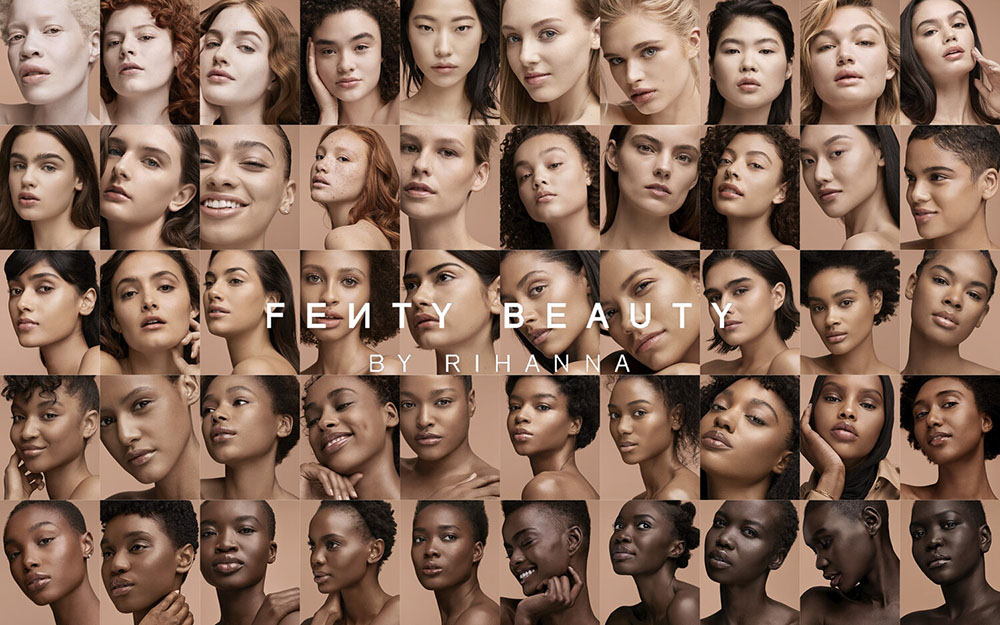
Fenty Beauty
5. Explore new formats: Go beyond static imagery—try incorporating animations, videos, and other formats to bring your story to life.

Xbox’s logo animation
Connecting stories, design, and audiences: storytelling meets impactful design
Visual storytelling is more than a trend—it’s a vital skill for today’s designers. By combining creativity with strategy, you can craft narratives that not only capture attention but also forge meaningful connections with your audience.
As you experiment with storytelling techniques, remember to stay authentic and true to your message. When done right, visual storytelling has the power to inspire, engage, and transform.
Ready to elevate your storytelling game? Subscribe to our blog for more insights, or explore our design services to bring your vision to life. Let’s create something unforgettable together.



